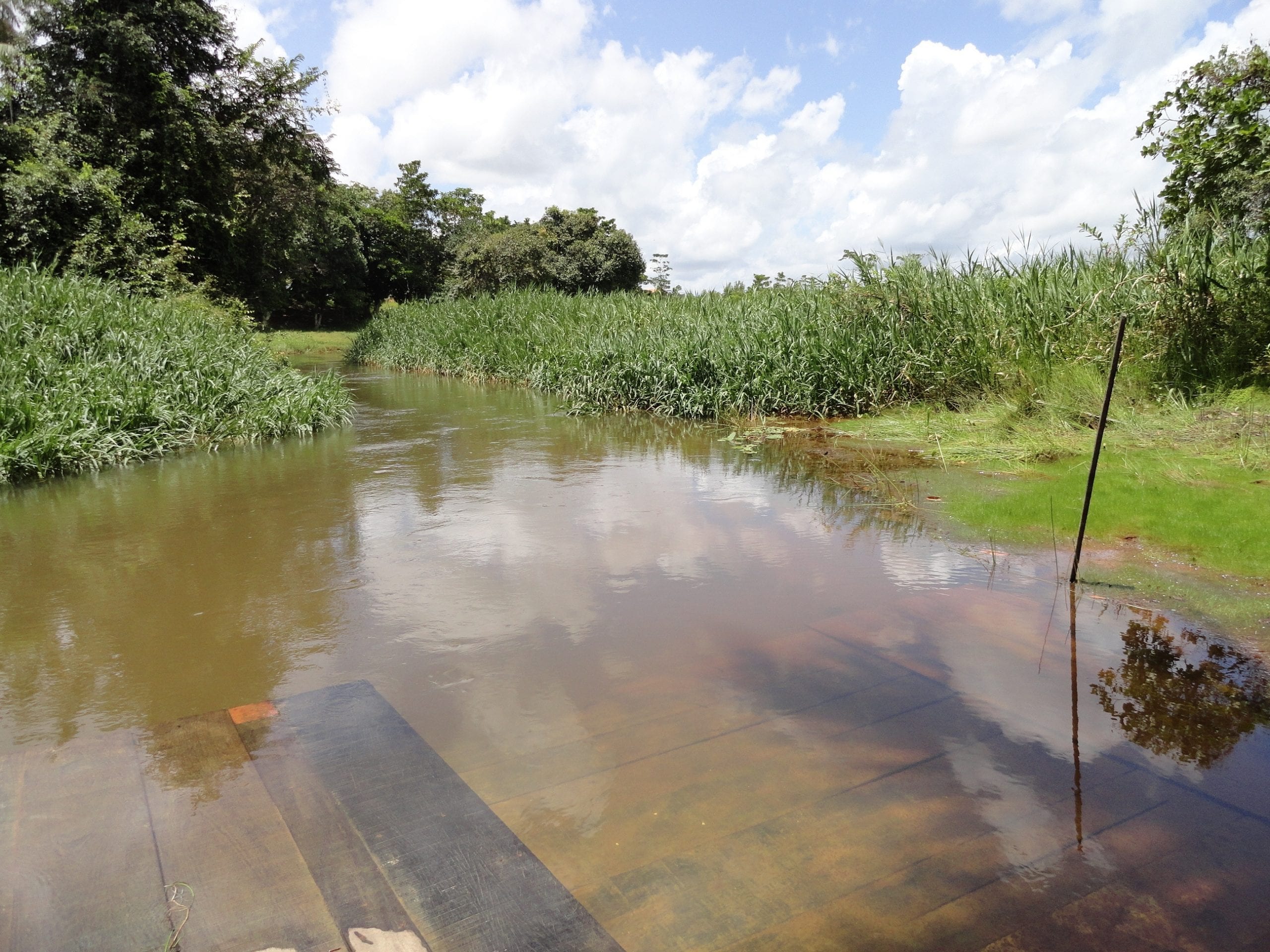

Although Brazilian environmental law imposes more restrictions on land-use change by private landowners in riparian forests than in non-riparian forest areas, a study that assess 22 years of satellite imagery shows that there was no evidence that riparian forests had been more effectively protected than non-riparian forests in eastern Amazon. Instead, deforestation was found to be comparatively higher inside riparian permanent preservation areas, indicating a widespread failure of private property owners to comply with environmental legislation. There was no evidence for higher levels of regeneration in riparian zones, although property owners are obliged by law to restore such areas.
The study published in the Environmental Conservation Journal used a time series of classified Landsat images to evaluate deforestation and forest regeneration in riparian permanent preservation areas over the past two decades, focusing on the municipality of Paragominas in the state of Pará in eastern Amazon. A number of factors limit improvements in the protection and restoration of riparian forests. These include limited awareness of environmental compliance requirements, the need for improved technical capacity in mapping riparian forests, and improved access to the financial resources and technical capacity needed to support restoration projects.
This post was published on 3 de December de 2014
States with the most deforestation in January were Mato Grosso, Roraima and Pará Deforestation…
According to the Green Radar report, in 2024, out of the 146 companies assessed, 6…
A survey of more than 3,500 lawsuits showed an increase in punishments, while payment of…
A group made up of specialists from 23 different professions trained in the Sustainable Amazon…
The degraded area increased due to burning, especially in August and September In 2024,…
The program is scheduled to last 15 years and will include local indigenous peoples and…